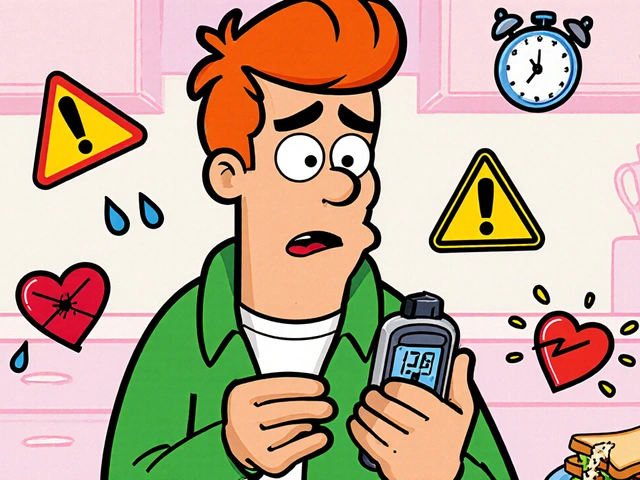Allergy Management: Practical Steps to Reduce Symptoms Fast
Allergies can wreck your day—sneezing, itchy eyes, tight chest. You don’t need to accept that as normal. Start with smart, small changes that lower exposure and cut symptoms quickly.
Daily habits that make a big difference
First, find your triggers. Keep a short log: what you ate, where you were, what you did, and when symptoms hit. Patterns show up fast. If pollen is the problem, check local pollen counts and plan outdoor time for late afternoon when counts usually drop.
Control your bedroom. Use dust-mite-proof covers on pillows and mattress. Wash bedding in hot water weekly (60°C/140°F if you can). Remove carpets if possible or vacuum with a HEPA filter. Keep pets out of the bedroom and off the bed if animal dander bothers you.
Cut indoor allergens with simple moves: run a HEPA air purifier in your main room, run exhaust fans when cooking, and lower humidity to under 50% to slow mold and dust mites. For pollen days, keep windows closed and use air conditioning, not fresh air intake.
For quick relief after being outside, change clothes and shower to rinse pollen off skin and hair. Sunglasses and a hat help keep pollen out of your eyes and hair while you’re outdoors.
Medical options and when to see a doctor
Over-the-counter antihistamines (cetirizine, loratadine, fexofenadine) work well for sneezing and itching. For nasal congestion, a short course of a decongestant can help, but don’t use it long-term. Nasal steroid sprays (fluticasone, mometasone) reduce inflammation and are safe for daily use; they often beat antihistamines for nasal symptoms.
If eyes are the main issue, antihistamine eye drops calm itching fast. Saline nasal rinses flush allergens and mucus—cheap and effective when used once or twice daily.
If symptoms are severe or meds aren’t enough, ask about allergy testing and immunotherapy. Allergy shots (SCIT) or sublingual tablets (SLIT) change how your immune system reacts and can reduce or even stop allergy symptoms over time. They’re the only options that address the root cause, not just the symptoms.
Food allergies need strict avoidance and a clear action plan. Anyone with a history of anaphylaxis should carry an epinephrine auto-injector and get training on how to use it.
Asthma and allergies often go together. If you wheeze, feel tightness, or need inhalers more than usual, see a clinician. They can adjust inhalers, add preventers, or refer you to a specialist.
Small steps add up. Track what works, tweak habits, and get medical help when you need it. With the right mix of avoidance and treatment, you can cut flare-ups and enjoy more symptom-free days.





